Optimal Timing for Foundation Repairs
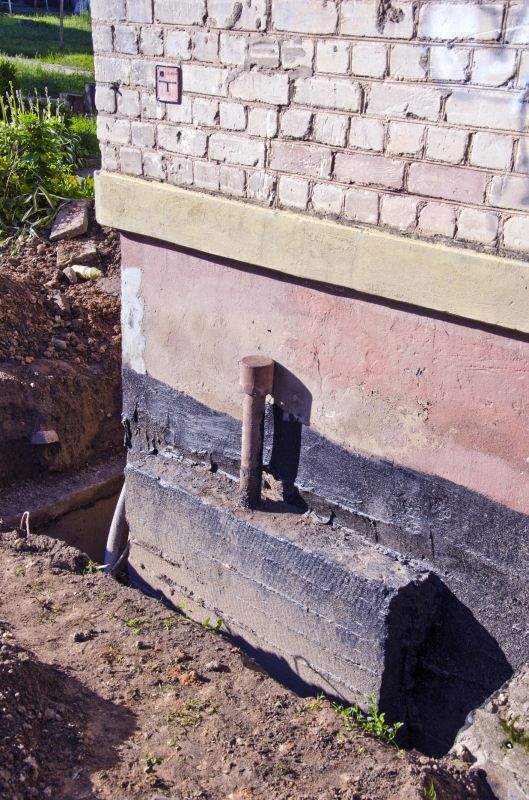
Spring offers moderate temperatures and manageable moisture levels, making it suitable for foundation repairs.
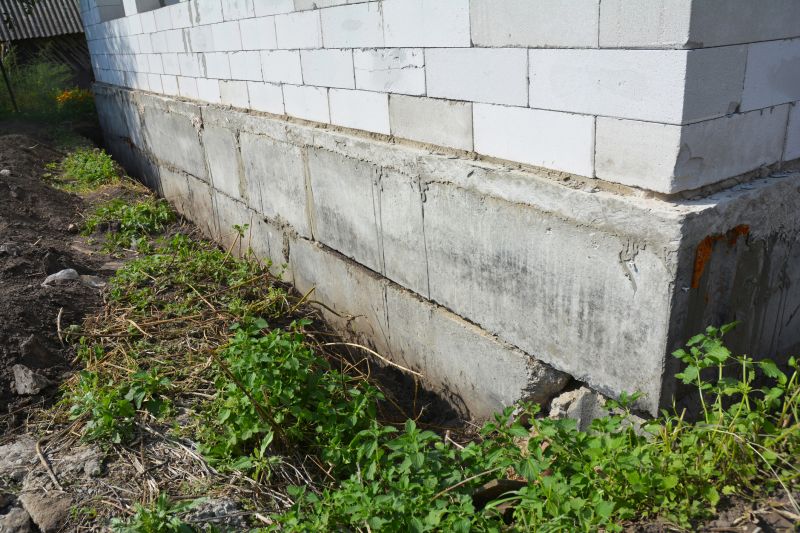
Summer provides longer daylight hours but can pose challenges due to high temperatures and dry conditions.
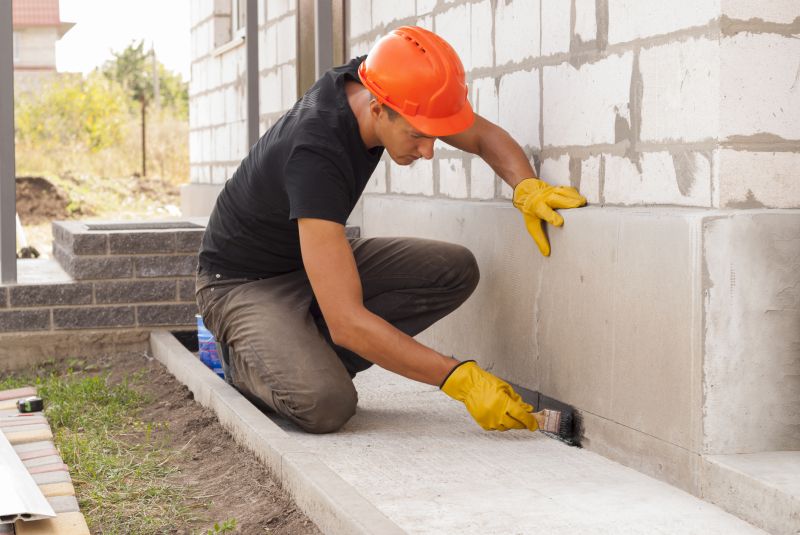
Fall's cooler weather and stable soil conditions can facilitate effective repairs before winter.
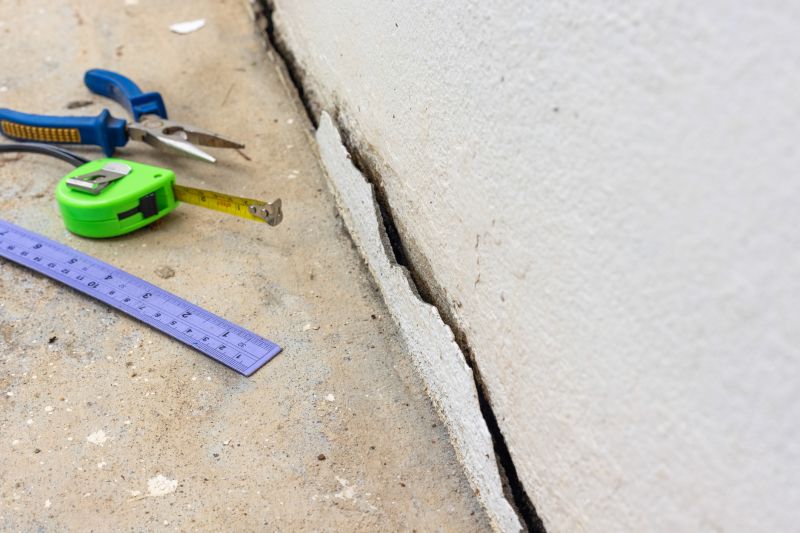
Ways to make Foundation Repairs work in tight or awkward layouts.

Popular materials for Foundation Repairs and why they hold up over time.
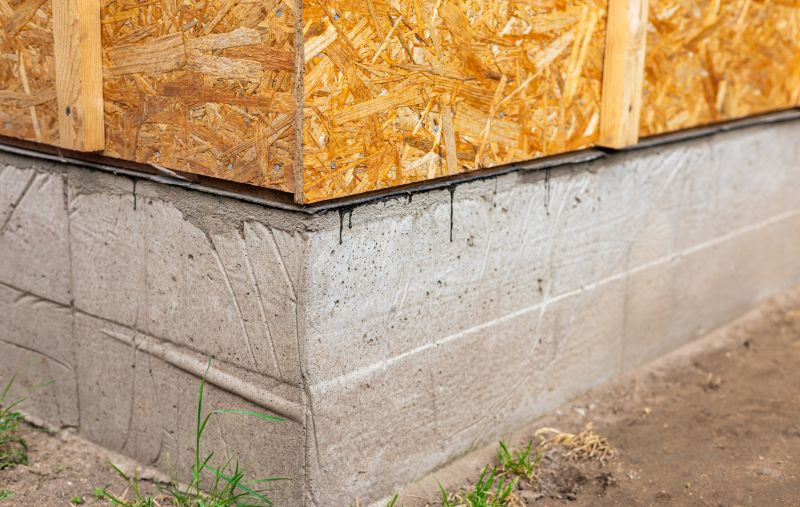
Simple add-ons that improve Foundation Repairs without blowing the budget.

High-end options that actually feel worth it for Foundation Repairs.
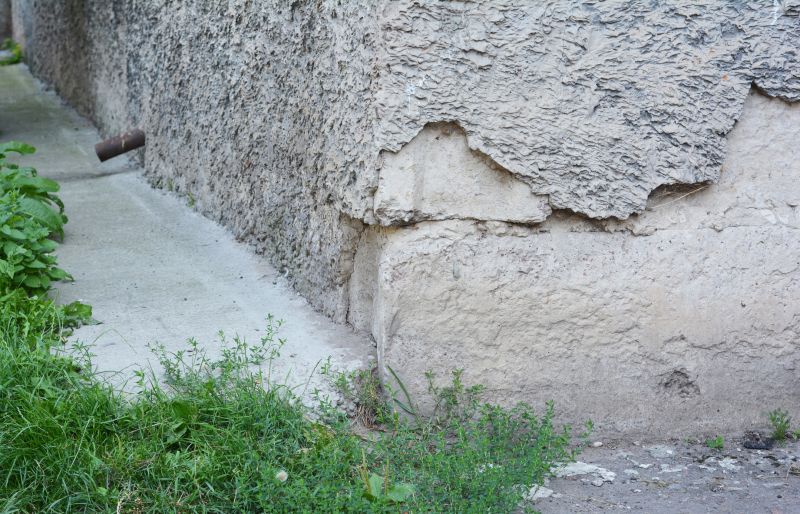
Finishes and colors that play nicely with Foundation Repairs.
Foundation repairs are essential for maintaining the structural integrity of a building. Addressing issues promptly can prevent further damage, reduce long-term costs, and ensure safety. Factors such as soil conditions, weather, and the severity of damage influence the optimal timing for repairs. Seasonal variations impact soil moisture levels and temperature, which can affect the repair process and its effectiveness.
Statistics indicate that foundation issues are among the most common structural problems in residential buildings, with approximately 25% of homes experiencing some form of foundation settlement or cracking. Timely repairs can help mitigate risks associated with shifting soil, water intrusion, and structural instability, which are often exacerbated by weather patterns and soil conditions.
Cracks in walls, uneven floors, and sticking doors are common indicators of foundation issues.
Common techniques include piering, mudjacking, and underpinning to stabilize and lift foundations.
Heavy rainfall and drought can cause soil expansion or contraction, affecting foundation stability.
Proper drainage, soil stabilization, and regular inspections help prevent future foundation problems.

Specialized tools and machinery are used to lift and stabilize foundations.

Visible cracks can indicate underlying foundation movement.
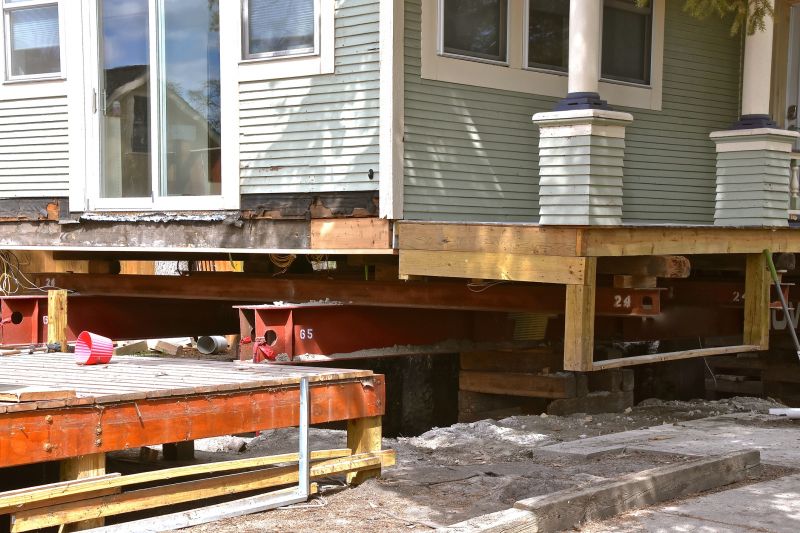
A common method involving steel piers to support and lift the foundation.
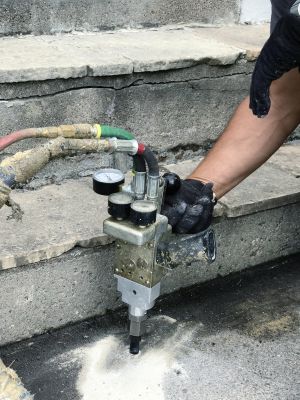
A technique where a slurry is injected beneath the slab to level it.

Methods to improve soil conditions around the foundation.

Professional assessments identify issues before they worsen.
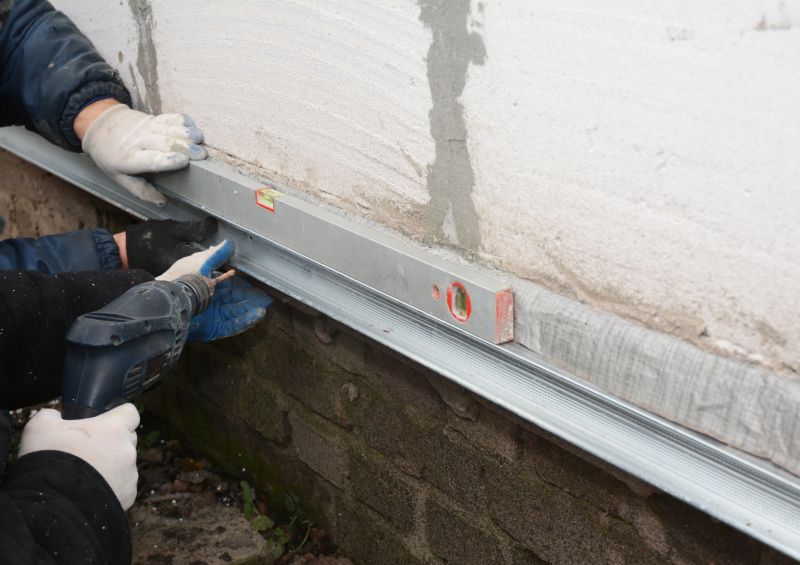
Workers applying stabilization techniques.
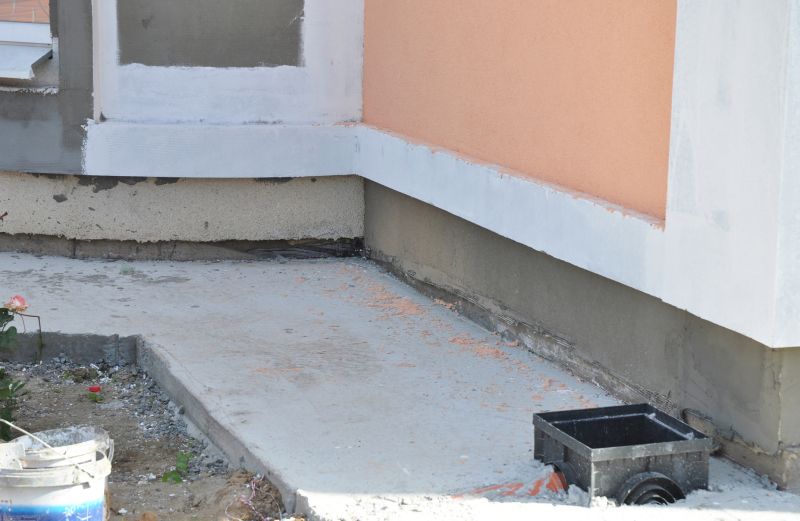
A stabilized foundation ready for finishing work.
| Season | Best Conditions for Repairs |
|---|---|
| Spring | Moderate temperatures and moisture levels support effective repairs. |
| Summer | Longer days but potential challenges due to heat and dryness. |
| Fall | Cooler weather and stable soil conditions ideal for repairs. |
| Winter | Limited options due to freezing temperatures and frozen ground. |
| Rainy Seasons | Can delay repairs due to excessive moisture and muddy conditions. |
Choosing the optimal time for foundation repairs depends on local climate and soil conditions. Spring and fall generally provide the most favorable weather for effective and long-lasting repairs. Proper timing can minimize disruptions and improve the durability of repair work.
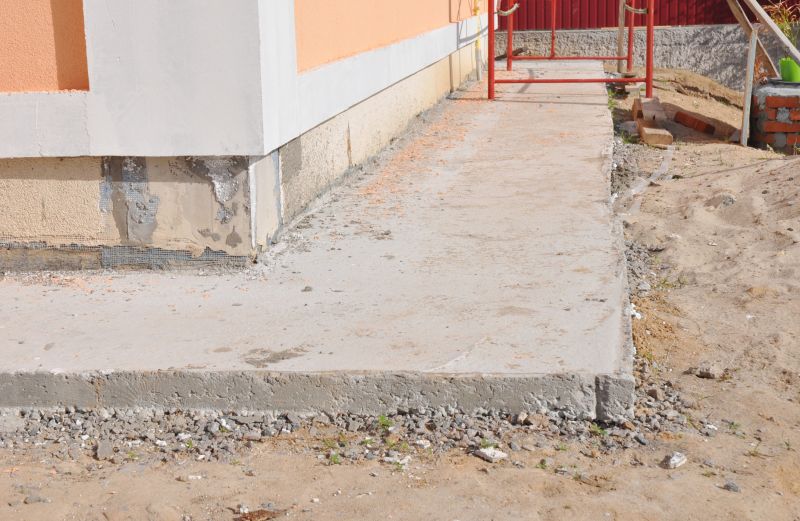
An active repair site showing stabilization work.
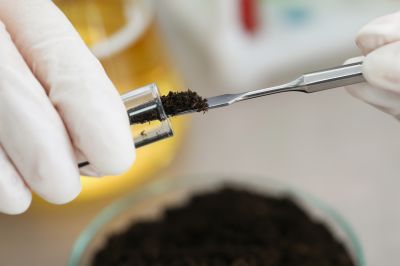
Tools used to analyze soil conditions before repairs.
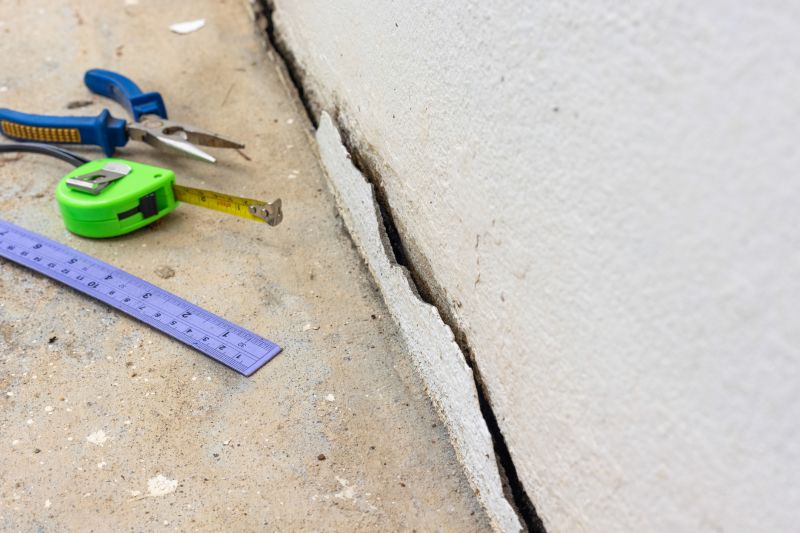
A technician assessing foundation cracks and settlement.
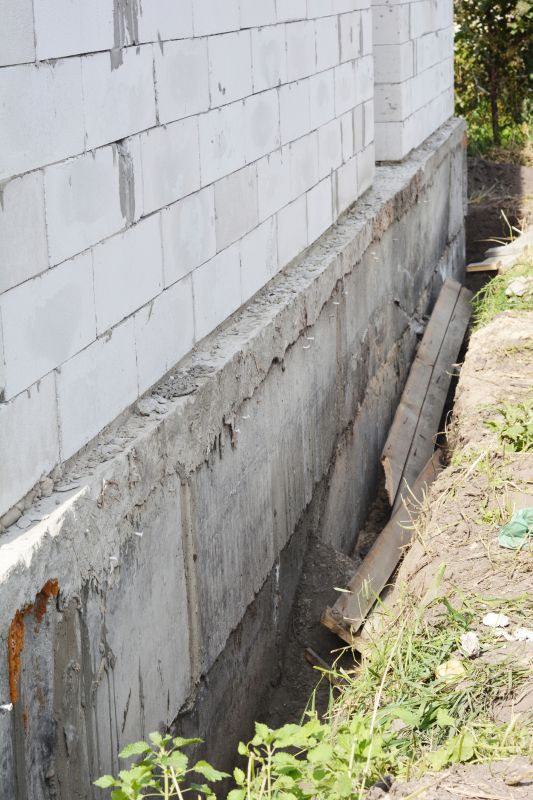
Foundation after repairs with visible structural support.

A 60-second routine that keeps Foundation Repairs looking new.
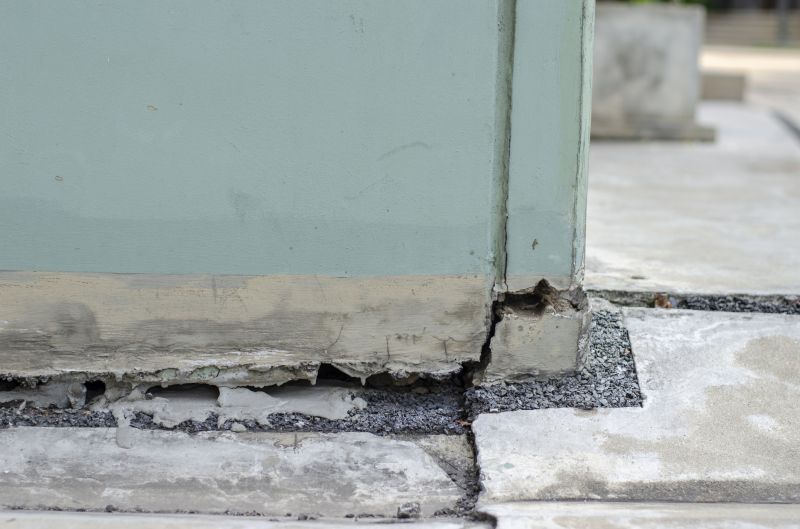
A frequent mistake in Foundation Repairs and how to dodge it.
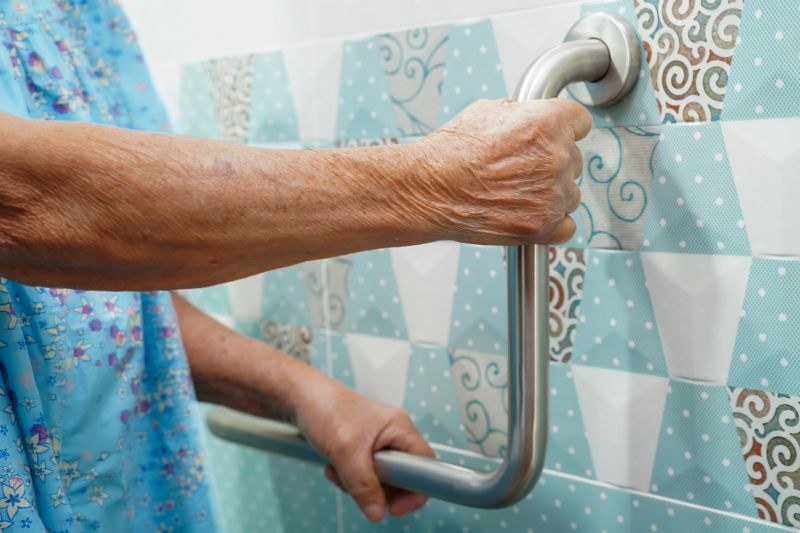
Small tweaks to make Foundation Repairs safer and easier to use.
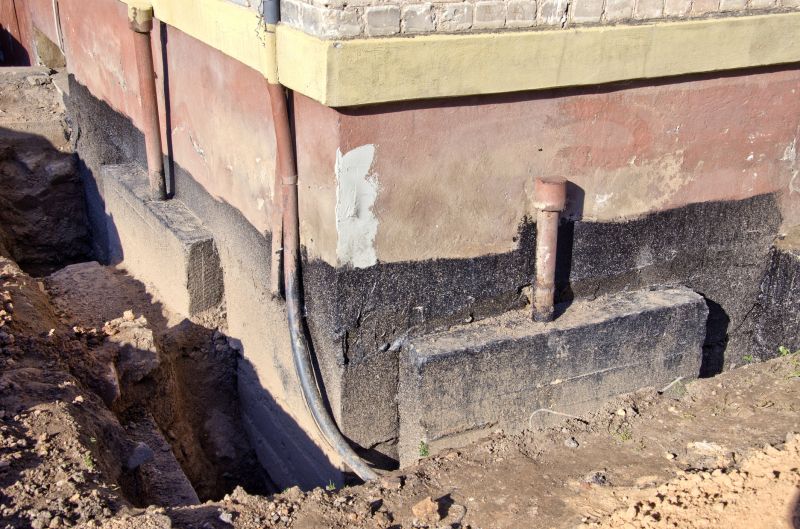
Lower-waste or water-saving choices for Foundation Repairs.
Interested property owners should consider scheduling inspections and repairs during the most suitable seasons to ensure optimal results. Proper timing, combined with professional assessment, can help maintain the longevity and safety of the structure.




